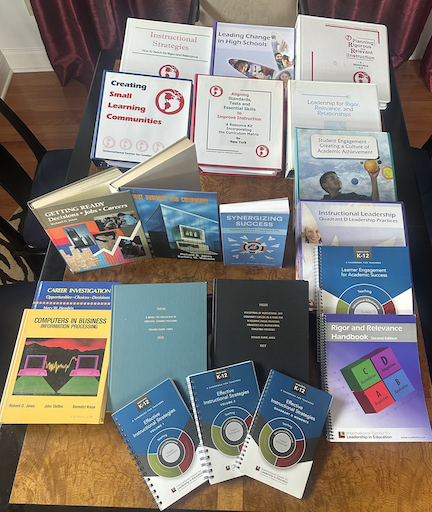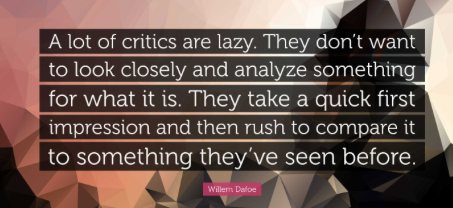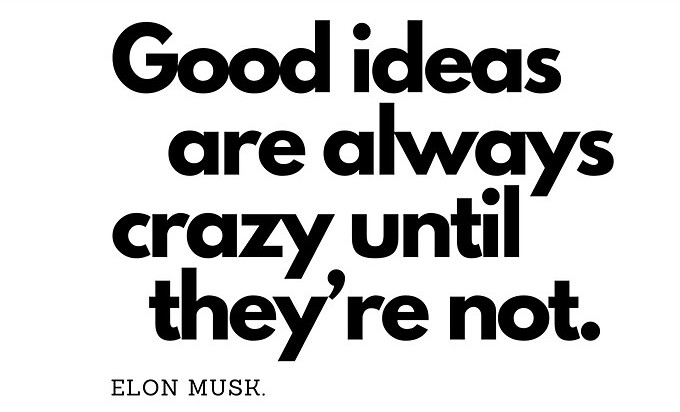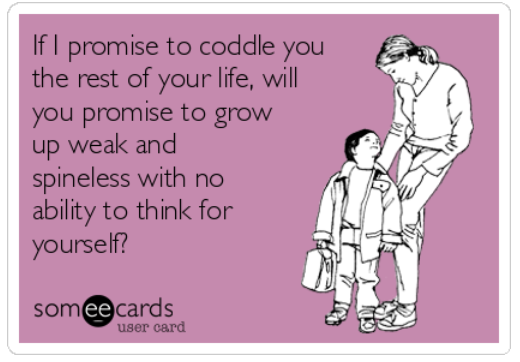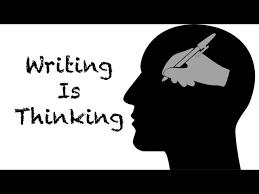Once upon a time in a galaxy not so far away, we used phones to call people. Yes—talk to them. Out loud. With voices. Fast forward a few decades, and those same phones now contain every person we’ve ever met, every cat video ever uploaded, and enough doomscrolling material to survive three apocalypses. The unlimited storage capabilities of technology have made us feel disconnected as individuals.
Social media, once the promised land of human connection, has morphed into something… eerily antisocial. Ironically, in the pursuit of staying “connected,” we’ve become experts at disconnecting—from each other, from the present, and occasionally from reality.
Let’s take a closer look at the symptoms.
You May Be Suffering from Anti-Social Media If…
- You’ve unfriended a real-life friend for using “LOL” unironically in a Facebook comment.
- You’ve used 8 different filters, 3 editing apps, and a face-slimming tool to post a selfie captioned, “Just woke up. #NoFilter.”
- You’ve walked past someone you know without saying hi—only to DM them two minutes later to ask if they saw you.
- You’ve argued with a stranger about the exact radius of a medium pizza for 36 minutes—while ignoring your own family at dinner.
- You’ve posted a motivational quote about “living in the moment”… from your couch, at 2:13 a.m., while rewatching a TikTok video for the 20th time.
Social media was supposed to bring us together. Remember when we used it to actually stay in touch with old classmates and share family updates? Now it seems like we’re mostly chasing likes, crafting carefully curated highlight reels, and flexing our vacation photos (taken on credit, no doubt). Let’s be honest—most of those 657K likes? They’re not from friends. They’re from strangers, bots, or people who didn’t even watch the video. But hey, it feels good for a second.
It’s not that social media is evil—it’s more like a maple-creme donut. Fun in moderation, but if it’s all you’re consuming, you’ll end up bloated, cranky, and wondering where your energy went.
Blame the algorithms. They learned that keeping you glued to your screen is more profitable than helping you maintain healthy friendships. So now, instead of checking in on your cousin’s engagement, you’re watching a 47-minute TikTok series on how raccoons might be secret agents.
But let’s be honest—it’s not all Big Tech’s fault. Somewhere along the way, we confused connection with content, and affection with attention. Likes became the new love language, shares became social currency, and we started curating our lives instead of living them.
How to Make Social Media Social Again
- Connect with intention. Before scrolling, ask: Who do I want to reach out to? What do I want to share? Be human, not just a highlight reel.
- Put people before pixels. When you’re with friends or family, leave your phone in your pocket. That dog will still be funny tomorrow.
- Set digital limits. If your thumb has memorized the TikTok swipe pattern, it may be time for a tech timeout.
- Use the phone for talking. Wild idea, I know—but hearing someone’s voice (and not just their emojis) is deeply underrated.
- Choose nature over noise. When you need solitude, take a walk in the park or sit under a tree. Let silence be your scroll, birdsong your clickbait, and fresh air your algorithm.
So go ahead, post your brunch pics and dance videos. Just don’t forget to call your mom or check in on that old friend. And maybe, just maybe, use social media not to perform your life—but to share it. With actual people.


